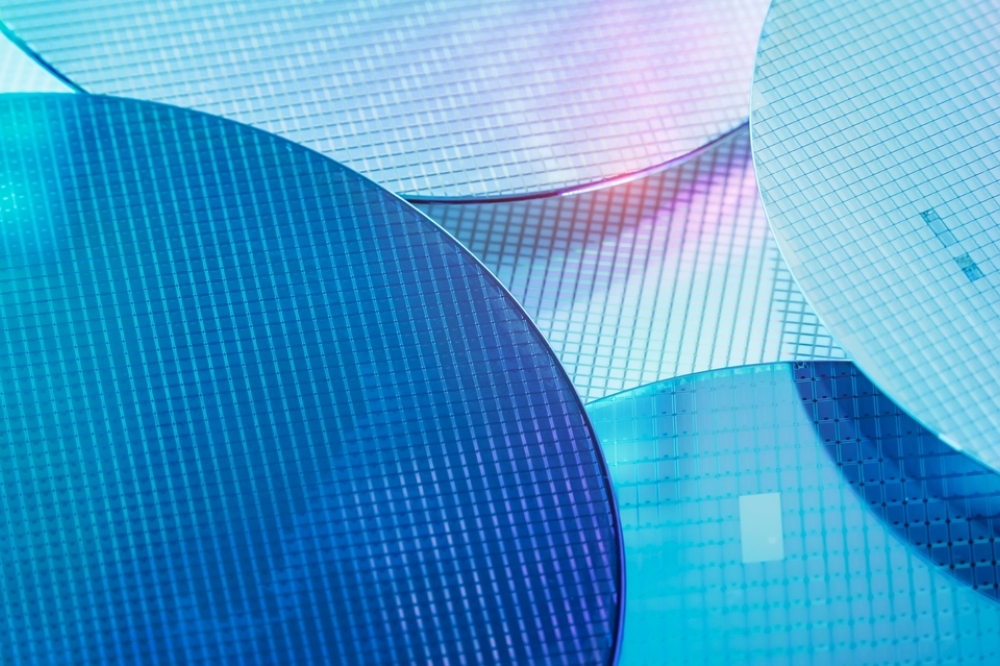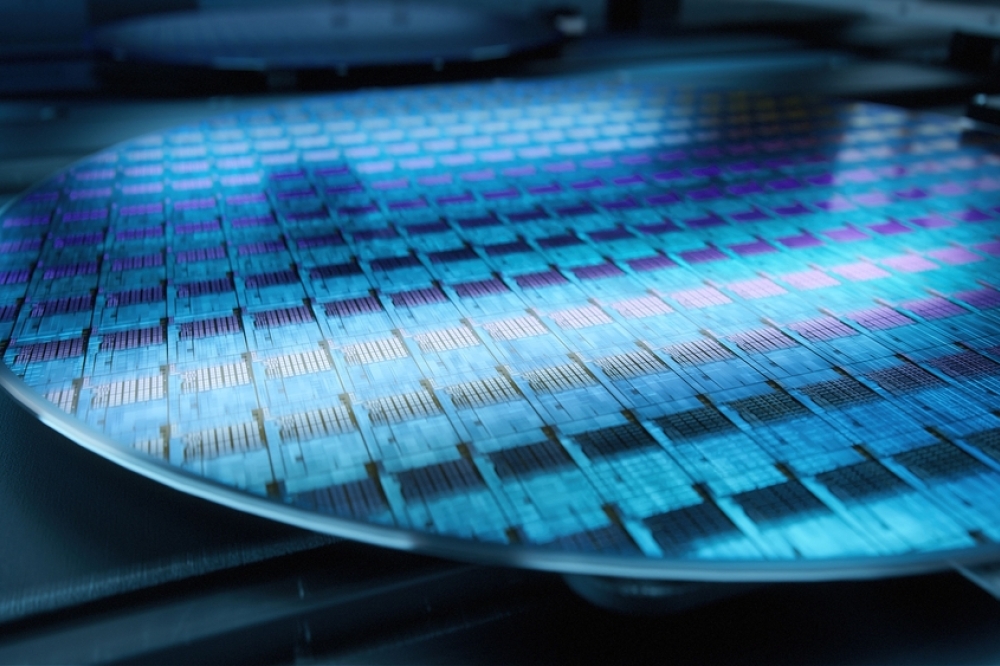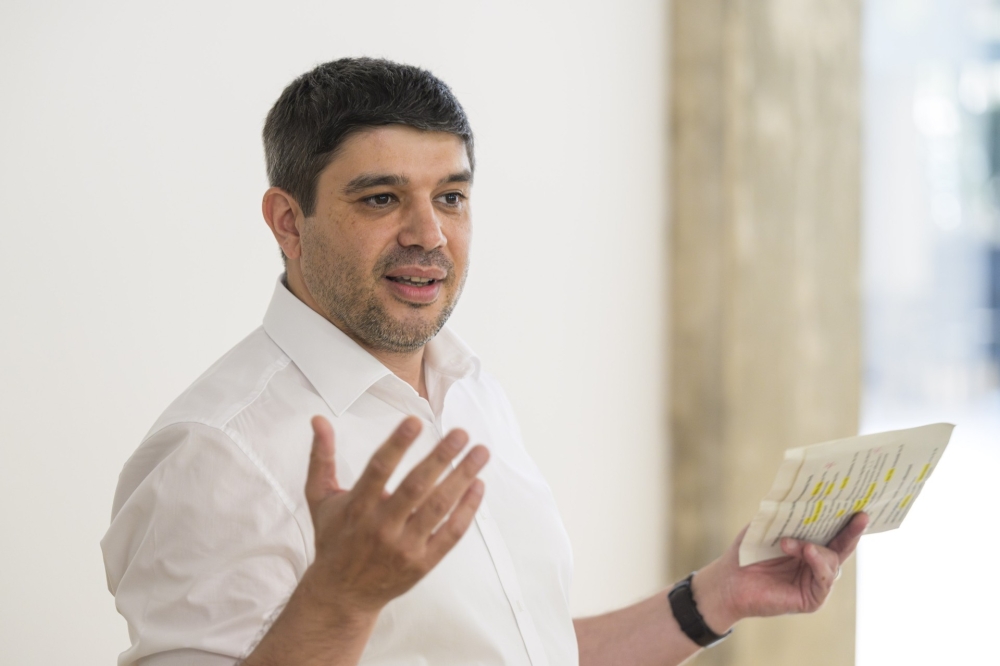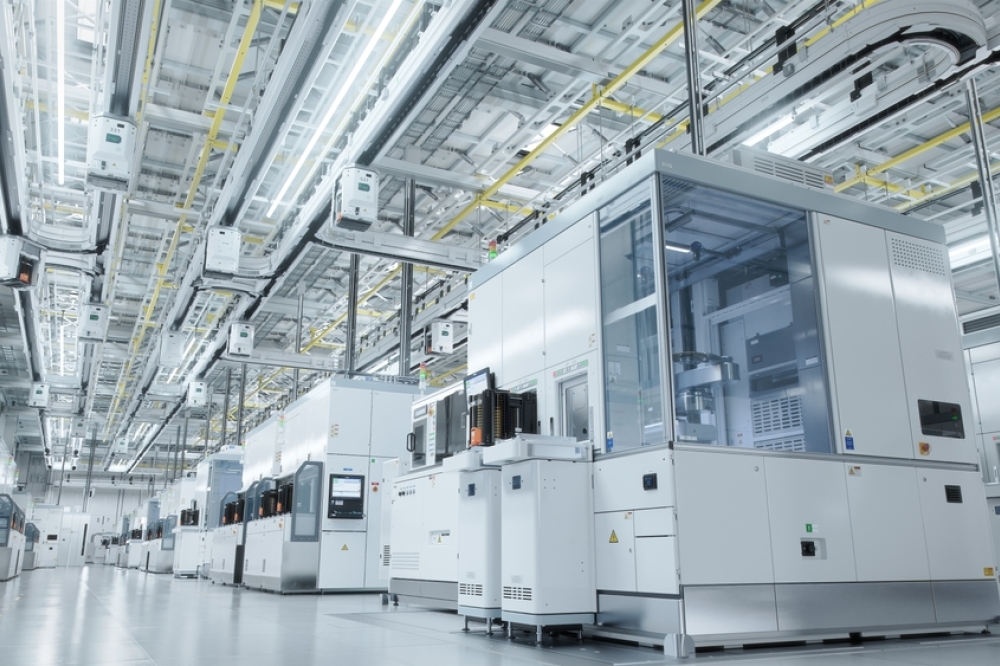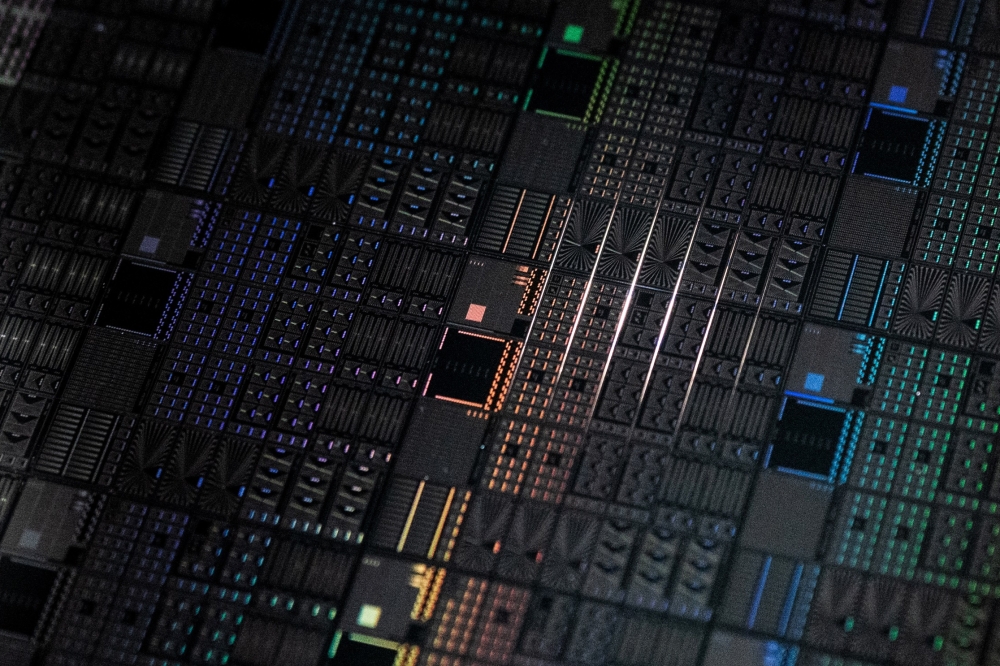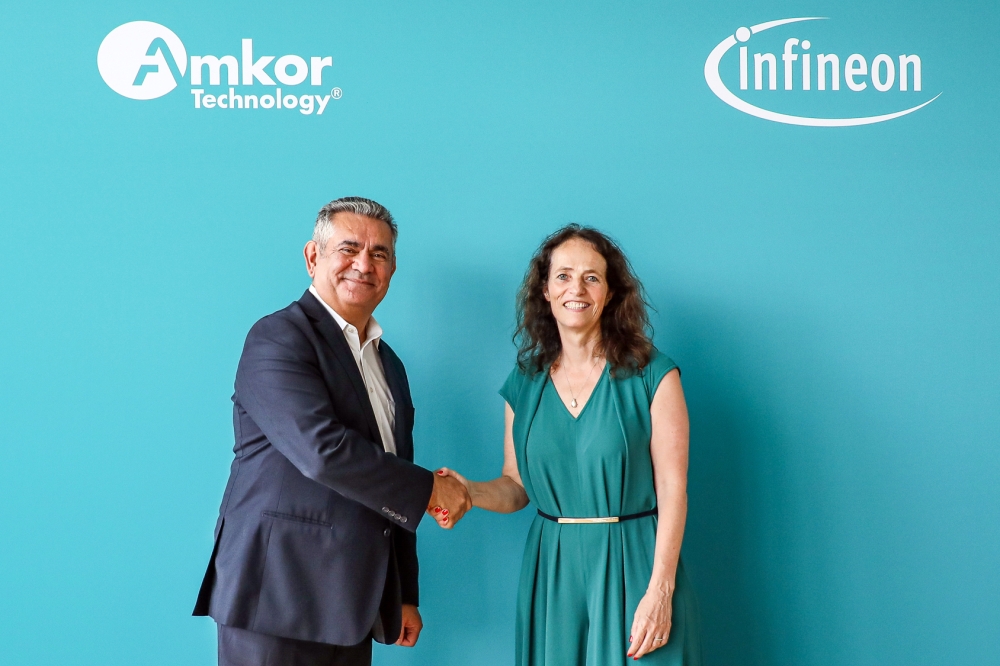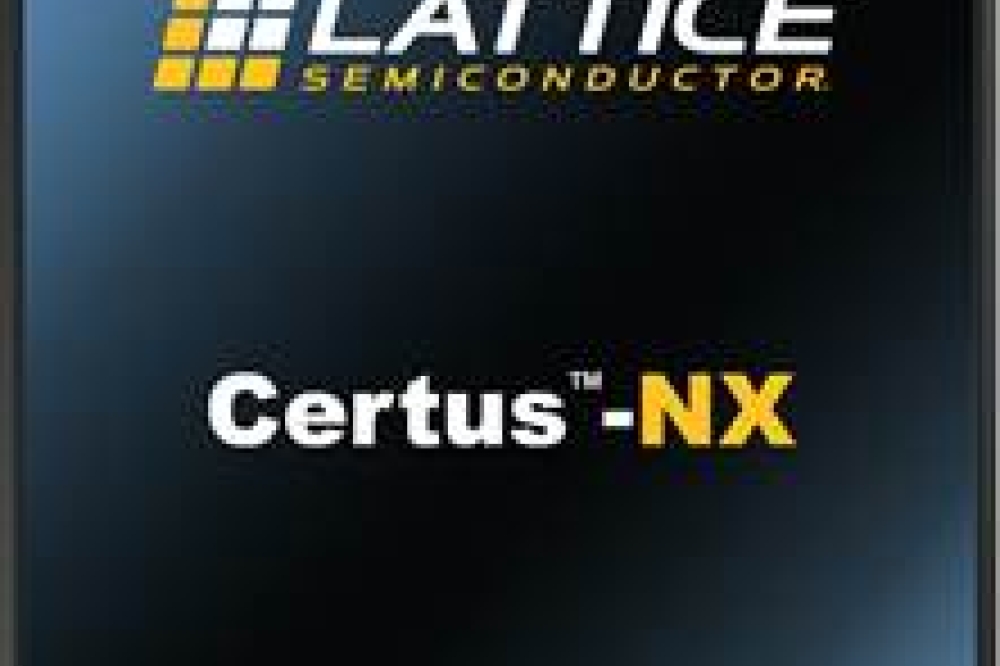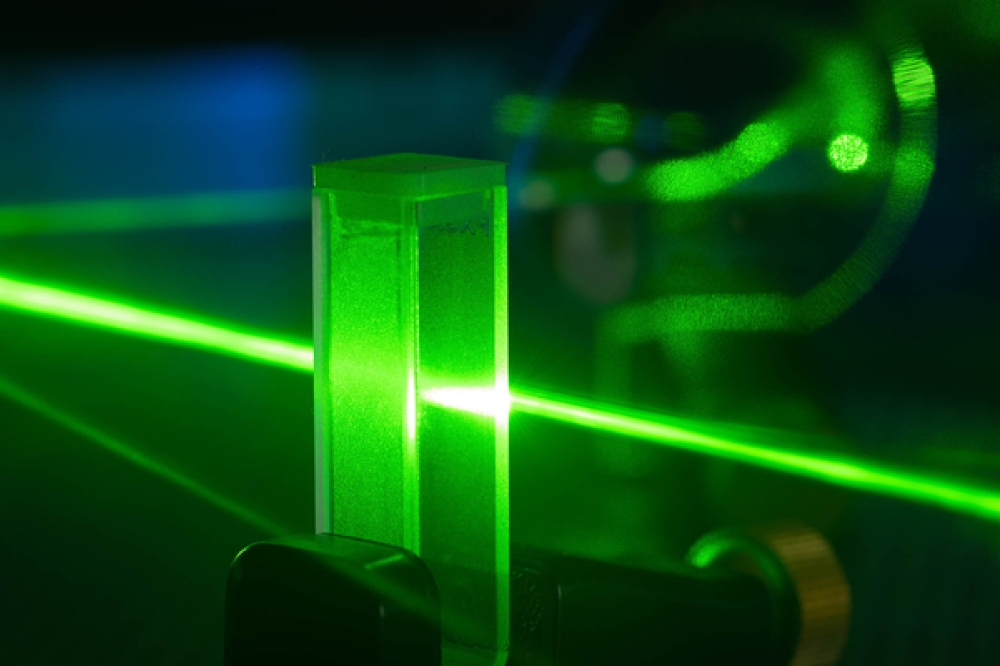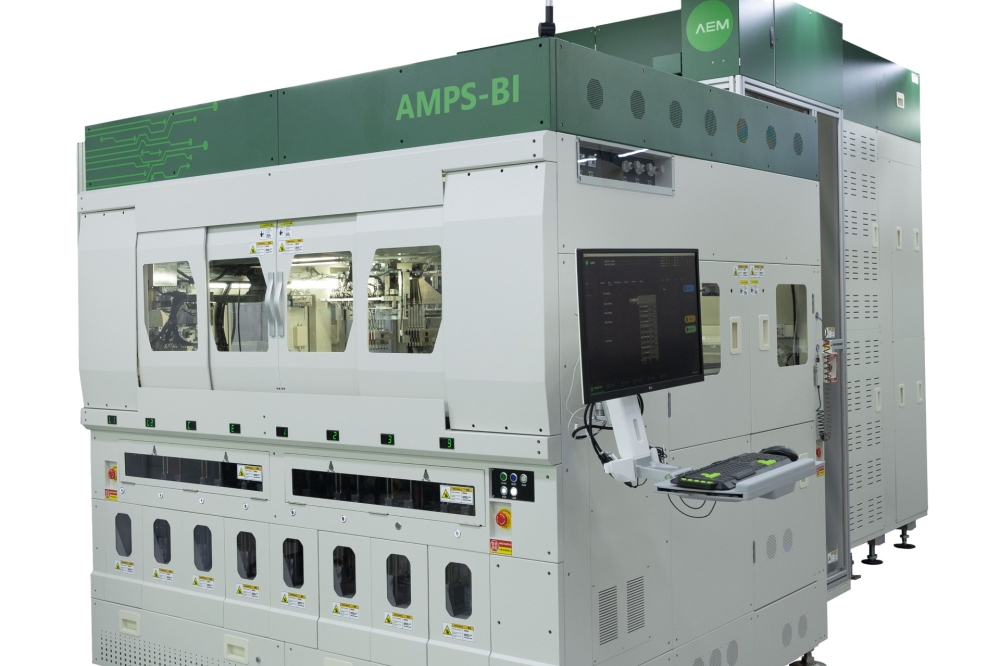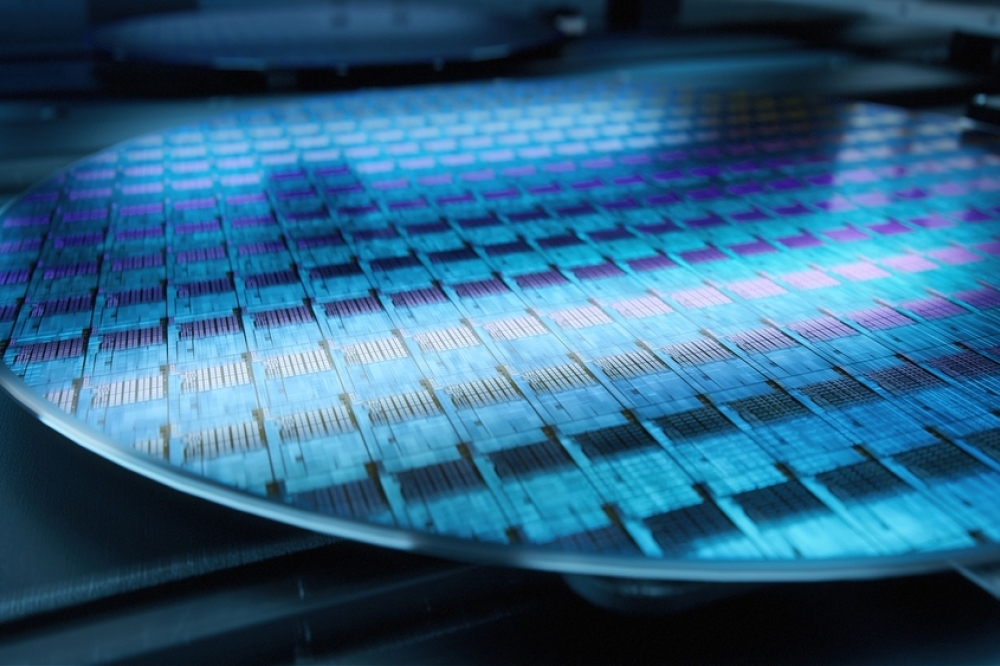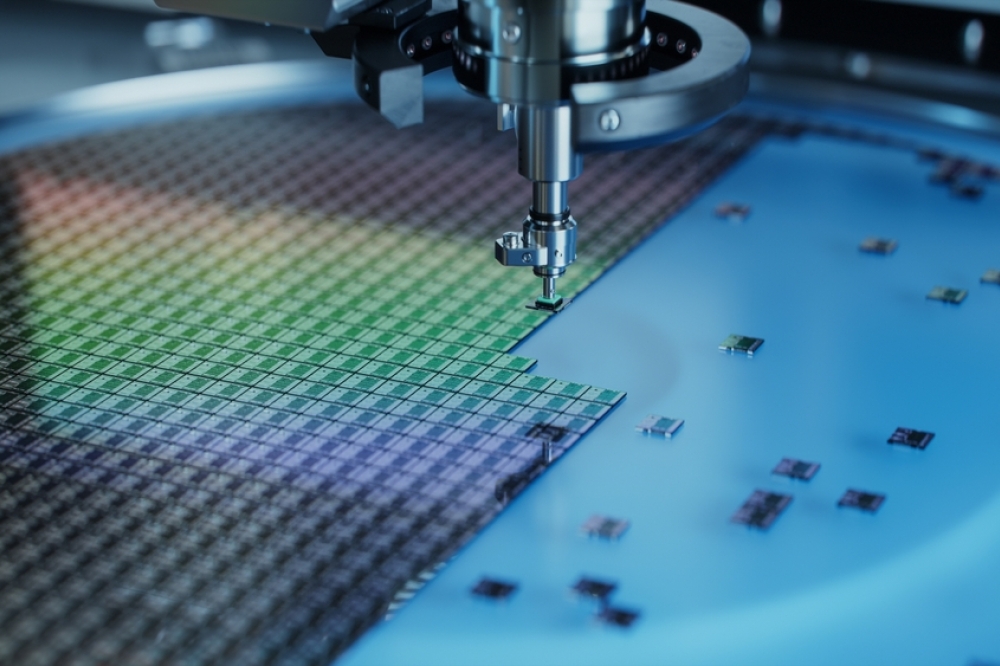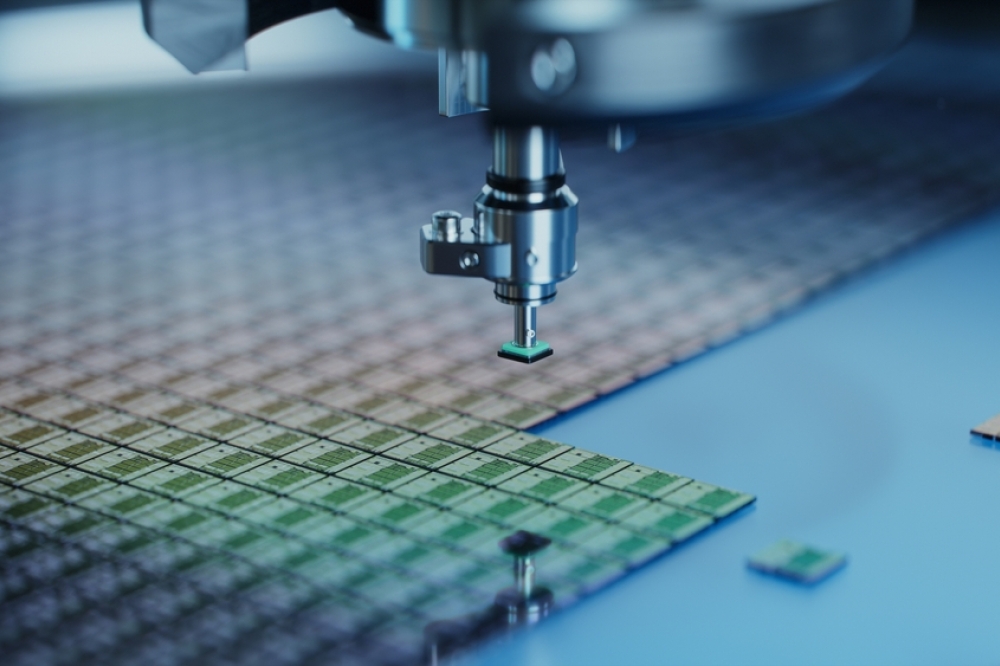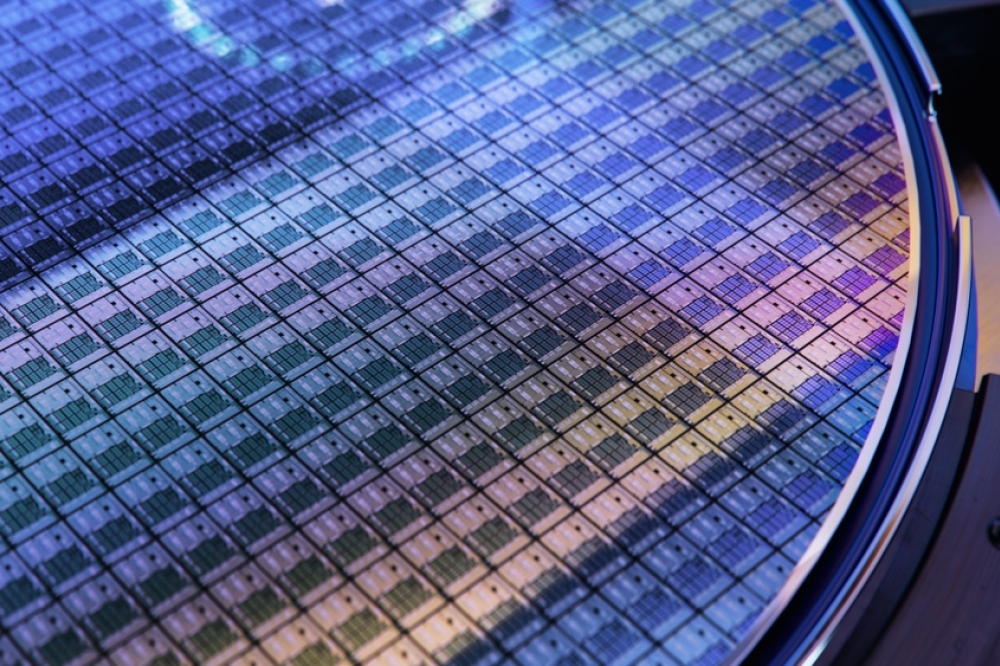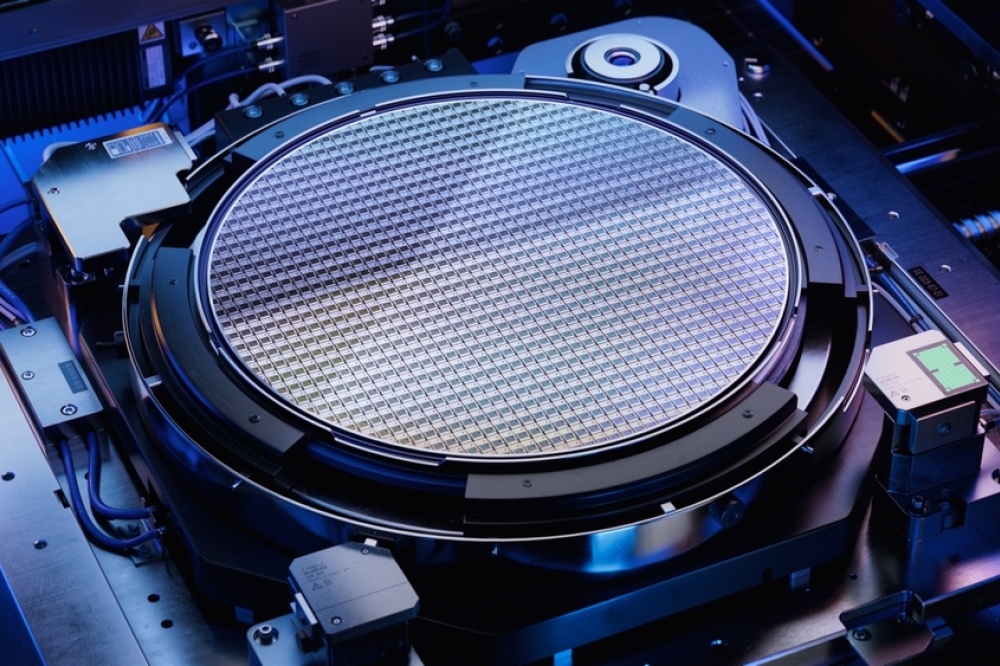Ultra-sensitive sensor detects individual electrons
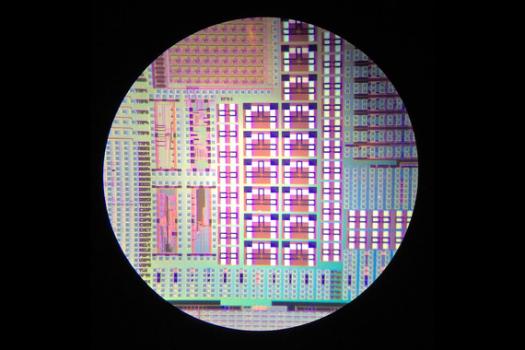
Scientists have created an electronic device so accurate that it can detect the charge of a single electron in less than one microsecond. It has been dubbed the 'gate sensor' and could be applied in quantum computers of the future to read information stored in the charge or spin of a single electron.
A Spanish-led team of European researchers at the University of Cambridge has created an electronic device so accurate that it can detect the charge of a single electron in less than one microsecond. It has been dubbed the 'gate sensor' and could be applied in quantum computers of the future to read information stored in the charge or spin of a single electron.
In the same Cambridge laboratory in the United Kingdom where the British physicist J.J. Thomson discovered the electron in 1897, European scientists have just developed a new ultra-sensitive electrical-charge sensor capable of detecting the movement of individual electrons.
"The device is much more compact and accurate than previous versions and can detect the electrical charge of a single electron in less than one microsecond," M. Fernando González Zalba, leader of this research from the Hitachi Cambridge Laboratory and the Cavendish Laboratory, said.
Details of the breakthrough have been published in the journal Nature Communications and its authors predict that these types of sensors, dubbed 'gate sensors', will be used in quantum computers of the future to read information stored in the charge or spin of a single electron.
"We have called it a gate sensor because, as well as detecting the movement of individual electrons, the device is able to control its flow as if it were an electronic gate which opens and closes," explains González Zalba.
The researchers have demonstrated the possibility of detecting the charge of an electron with their device in approximately one nanosecond, the best value obtained to date for this type of system. This has been achieved by coupling a gate sensor to a silicon nanotransistor where the electrons flow individually.
In general, the electrical current which powers our telephones, fridges and other electrical equipment is made up of electrons: minuscule particles carrying an electrical charge travelling in their trillions and whose collective movement makes these appliances work.
However, this is not the case of the latest cutting-edge devices such as ultra-precise biosensors, single electron transistors, molecular circuits and quantum computers. These represent a new technological sector which bases its electronic functionality on the charge of a single electron, a field in which the new gate sensor can offer its advantages.

